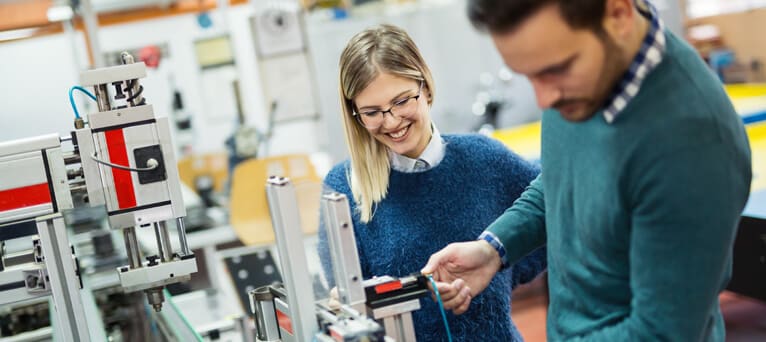The Floating Offshore Wind (FOW) Centre of Excellence (CoE, https://ore.catapult.org.uk/what-we-do/innovation/fowcoe/) has recently launched its Environmental Interactions Strategic Programme. This collaborative programme, which involves 17 leading offshore wind farm developers and the UK Government’s Department for Energy Security and Net Zero (DESNZ – formerly BEIS), is focussed on addressing priority FOW-specific environmental knowledge gaps, both ecological and in respect of other sea users. As FOW is expected to play a crucial role for the UK meeting its renewable energy and Net Zero targets, it is essential that the industry actively investigates mitigations for the priority FOW-specific environmental and consenting risks.
One such priority area relates to the FOW industry’s interactions with the fishing industry. As an established maritime industry, commercial fisheries are a priority stakeholder in the offshore wind development process. With this in mind, the FOW CoE published a FOW and Fishing Interaction Roadmap (https://ore.catapult.org.uk/?orecatapultreports=floating-offshore-wind-fishing-interaction-roadmap), developed with the input of the Scottish fishing industry, to identify potential interactions between the two industries and assess the associated challenges and potential opportunities. The roadmap identifies that a FOW farm’s subsea infrastructure of mooring lines and dynamic cables may present a greater snagging risk for fishing vessels, relative to bottom-fixed turbines. As such, it is imperative that this risk of entanglement is understood, and that appropriate mitigation measures are developed.
This project will therefore build directly upon the Roadmap’s recommendations by developing appropriate dynamical models to simulate the environmental conditions (e.g. sea states) and fishing operations under which entanglement of different types of fishing gear and mooring systems is likely to occur, which in turn will lead to development of mitigation procedures. The project will also look to compare the risk of entanglement events between FOW subsea infrastructure and static fishing gear, which can be displaced due to environmental loading (e.g underwater currents).
The project will utilise the walk-in 300 degree visual immersive environment simulator at the National Decommissioning Centre at the University of Aberdeen (https://www.ukndc.com/research/facilities/simulator/) as well as the dynamic/numerical models developed in Matlab. The Simulator will allow the loads, accelerations and motion amplitudes that act on the fishing gear under varying weather conditions to be established, which in turn will allow entanglement risks to be quantified and lead to the development of mitigation procedures.
The objectives of the study include:
· Identify, quantify and characterise entanglement scenarios between various types of fishing gear and selected types of FOW subsea arrays of mooring lines. Active engagement with the FOW and fishing industries will be key to informing this process;
· Develop new models of the selected fishing gears and FOW structures to study entanglement events;
· Simulate the entanglement scenarios between fishing gear and mooring lines under different environmental conditions to establish risks/consequences of such events;
· Provide recommendations for mitigation of entanglement between fishing gear and FOW mooring lines.
Eligibility Criteria:
Candidates should have (or expect to achieve) a UK honours degree at 2.1 level or above (or equivalent) in Civil or Mechanical Engineering or Applied Mathematics.
Essential Candidate Background/Knowledge:
This is a highly multi-disciplinary PhD suited to candidates with an engineering background, with knowledge in fluid dynamics and structural mechanics. It is desired that the candidate also has experience in some, or all, of the following: numerical modelling (i.e. FEA and CFD) and coding (i.e. Matlab, C, Python).
APPLICATION PROCEDURE:
- Formal applications can be completed online: https://www.abdn.ac.uk/pgap/login.php
- You should apply for Engineering (PhD) to ensure your application is passed to the correct team for processing.
- Please clearly note the name of the supervisor and exact project title on the application form.
- Please note: you DO NOT need to provide a research proposal with this application
- General application enquiries can be made to [Email Address Removed]
The expected start date of the project is to be as soon as possible and agreed with the supervisors. We reserve to remove the advert if a suitable candidate is found before the advertised closing date.

 Continue with Facebook
Continue with Facebook




